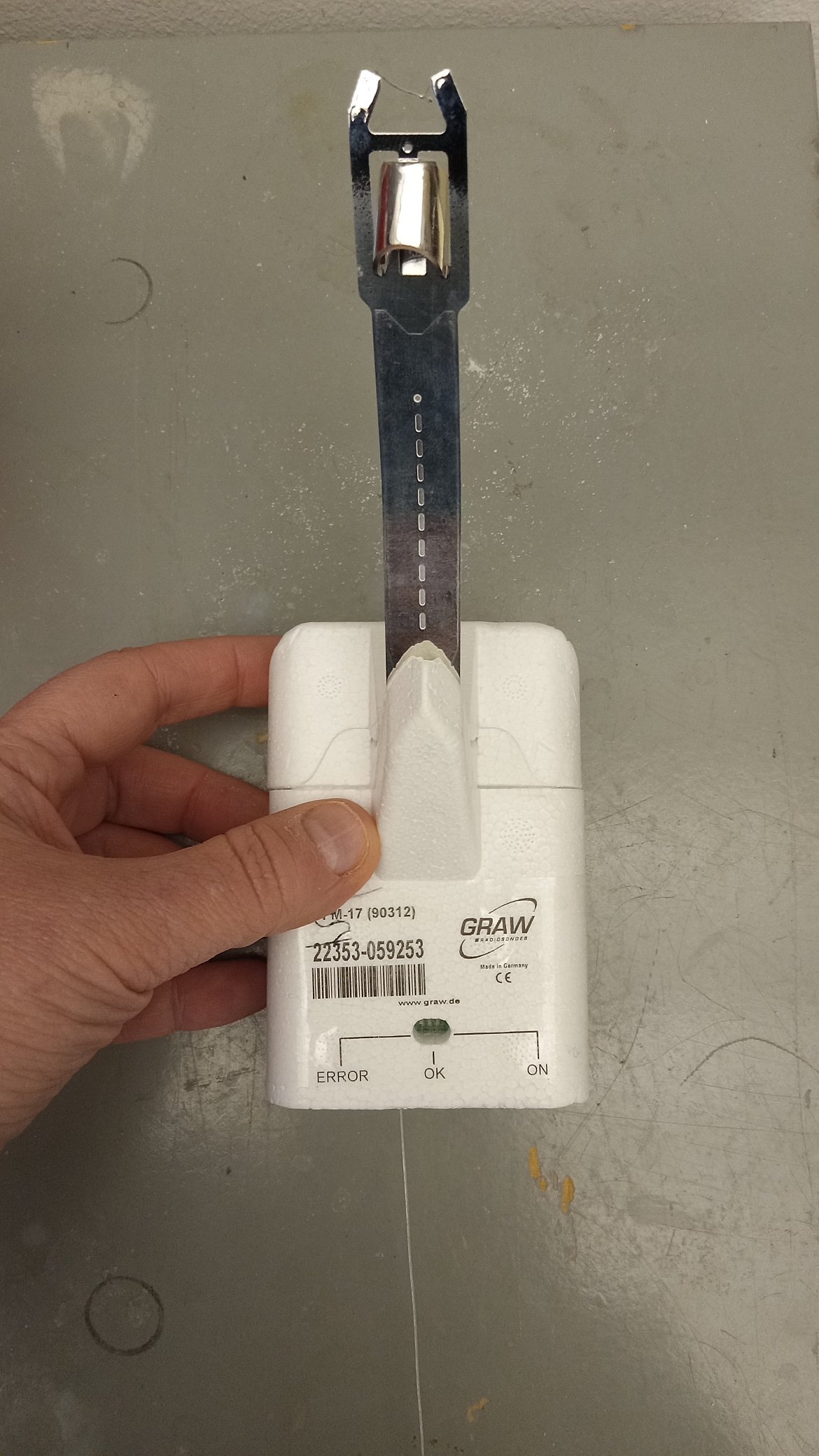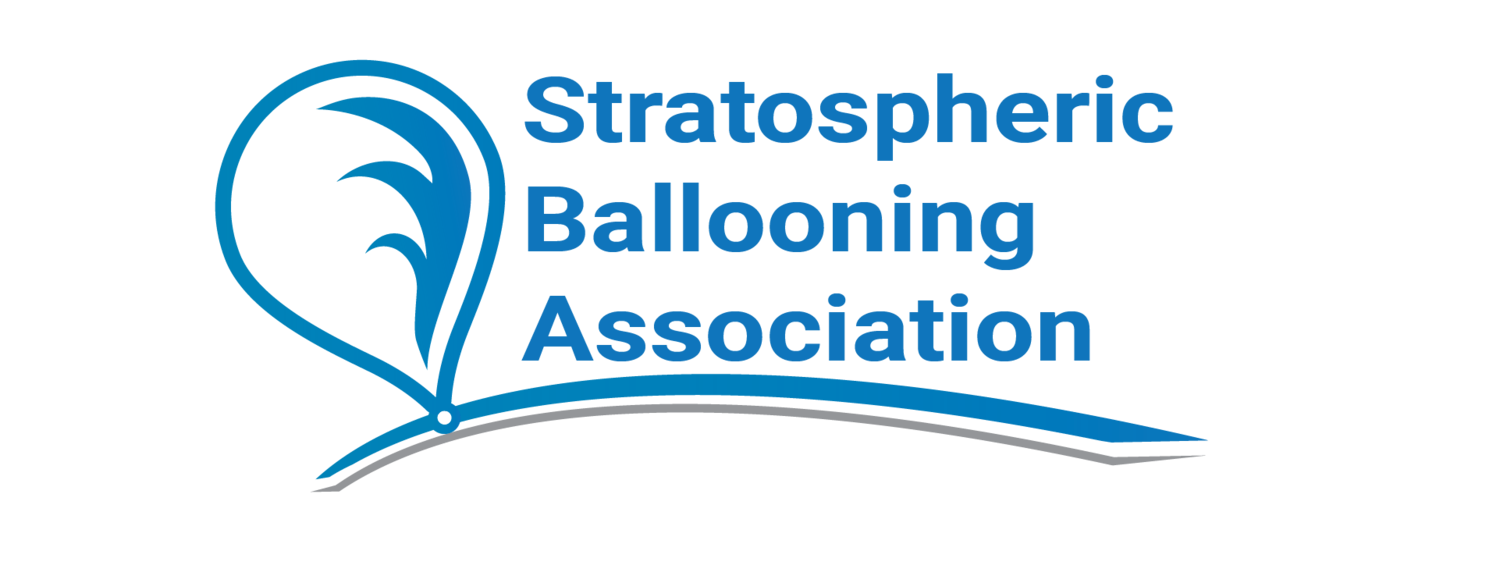
AHAC 2024 Workshops
AHAC 2024 Workshops and Schedules
-

Workshop #1 instructed by St. Cloud State University: Tuesday, May 28, 8:00 a.m. to noon, Akerman Hall (110 SE Union St), U of MN – Minneapolis campus
Introduction to using Graw radiosondes and Grawmet software. This workshop is specifically for NEBP Engineering teams (and all other interested parties) who want to learn more about the radiosondes used by the NEBP Atmospheric Sciences teams (and by the National Weather Service). It will include a radiosonde launch, monitoring of telemetry data, analysis of telemetry data, and a chance to play with both flight hardware and also the ground station hardware and software needed to do commercial radiosonde ballooning.
-

Workshop #2 instructed by the U of MN – Twin Cities: Tuesday, May 28, 1:00 p.m. to 5 p.m., Akerman Hall, 110 SE Union St, U of MN – Minneapolis campus
This workshop is for all ballooning teams. The PADL-33 flight computer is based on an Arduino Nano 33 BLE Sense microcontroller. This sensor suite is a follow-up for the PTERODACTYL flight computer used by NEBP engineering teams. The PADL-33 comes in several variants for use in stratospheric ballooning and high-power rocketry. There is even a plug-together (solderless breadboard) version which allows users to do wiring, in addition to programming. The PADL-33 sensor suite features GPS, 9 DOF IMU, pressure, 2 temperature sensors, and microSD card data logging. The workshop will include instructions on building and using the PADL-33 flight computer in its various incarnations and adding additional sensors (wiring and programming), especially I2C sensors, to the basic PADL-33 sensor suite.
-

Workshop #3 instructed by Embry-Riddle Aeronautical University, Daytona Beach: Wednesday, May 29, 8:00 a.m. to noon, St Catherine University campus (room TBA), 2004 Randolph Ave, St. Paul, MN
Using “low-cost” radiosondes. This workshop is for all ballooning teams (including NEBP Atmospheric Sciences teams that already fly Graw radiosondes) to learn to assemble, program, and fly low-cost radiosondes developed by ERAU. These radiosondes are comparable in cost to Graw radiosondes, but the ground station is much less expensive (basically just a radiosonde that stays on the ground) and it is possible to have a single ground station deal with telemetry from up to six flight units at the same time. Sensor quality is similar to commercial radiosondes, but the entry price point is far lower than the Graw system. This workshop will include multiple radiosonde launches, monitoring of telemetry data, analysis of telemetry data, and a chance to play with the flight hardware and the ground station hardware and software needed to do low-cost radiosonde ballooning.

